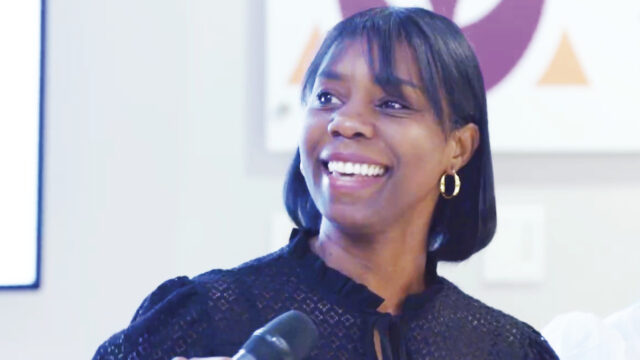
Pi may be a famous irrational number, but there is nothing irrational about celebrating it with your students! Even though there are infinitely many irrational numbers, very few of them have infiltrated popular culture—and none in the way that pi has, with memorization competitions, a perfume, and even an eponymous movie. It probably doesn’t hurt either that “pi” sounds like “pie,” making way for an especially tasty mathematical celebration.
What Is National Pi Day?
Pi Day is a yearly celebration of the mathematical constant
When Is Pi Day in 2025?
PI Day is observed every year on March 14th. March 14th is always Pi Day since the date 3/14 resembles the first few digits of pi: 3.14. March 14th also happens to be Albert Einstein's birthday.
What Day Is Pi Day in 2025?
In 2025, March 14th is a Friday. If you’re in class at 1:59 PM, you can even celebrate Pi Minute, which is the first six digits of pi: 3.14159.
Why Do We Celebrate Pi Day?
For many teachers, Pi Day is a big chance to bring celebration into the math classroom. How often does math get a holiday?
Many teachers celebrate the 100th day of school, and we certainly won't stop you from celebrating events like Math Storytelling Day (September 25) or—why not—Katherine Johnson’s birthday (August 26). I would add Albert Einstein’s birthday to the list, but it already falls on Pi Day!
However, the illustrious history of pi spans millennia and has more than earned pi’s status as a holiday. Its relationship to the circle makes it approachable to students just starting school, and its qualities as an irrational number can make it captivating to math students of all ages.
What Do You Do on Pi Day? How to Celebrate Pi Day in the Classroom
Here are some fun ways to celebrate Pi Day in the classroom, particularly for younger children.
- Celebrate with Pie: This is the way that Pi Day has been celebrated since its inception! Pi and pie both share a relationship to the circle. Consider making
- Calculate Pi as a Class: Have each student find a circular object, then measure the circumference (string often helps) and diameter. What do they get when they divide the two measurements? If you average everyone’s calculations, how close do you get to pi?
- Hunt for Pi: We have a pi scavenger hunt designed for middle schoolers, but here we offer one more scavenge. Prepare a few texts that are not part of your current math materials that contain the number
However, this is not the only Shaped article to discuss what to do on Pi Day. We already have a few to help you and your students out, which span different grades and interests:
What Is Pi?
Let’s take a step back. What is this number that has been exalted with its own holiday? To start, pi is the English spelling of the Greek letter
So how did this business of
If you ask students what they can measure about a circle, two common responses are the circumference and the diameter, though they may not use those words. We can teach this enigmatic number even to very young children because of this connection.
When you “unroll” a circle, you get a length a little more than 3 times the diameter; this is

Nowadays it’s a well-known fact that the number is
Approximating Pi with Polygons
In our post about the history of pi, we step through the global origins of the number. People who lived millennia ago understood that no matter how big the circle is, the circumference and diameter always form the exact same ratio.

The diameter is straightforward to measure. Hold up a ruler. Even before there were rulers, one could measure it using sticks or hands. But measuring the circumference is trickier. You can wrap a string around the circle, then straighten out and measure the string...but that’s not exact. The quest to compute just what

Calculating Pi with Polynomials
By ”polynomials,“ I mean the transition from geometry to algebra. Instead of hypnotizing polygons within circles, we get austere polynomials like this:
A breakthrough was figuring out ways to calculate
Today
There are also formulas for 3-D shapes like the volume,
However, virtually every pocket of math has
The number
Sometimes, the circles are a little more hidden. Consider the following formula, known as Coulomb’s law, for calculating the electrostatic force,
Okay, this article is definitely not about electromagnetism. My point is this: the

Ready to commemorate Pi Day with your students? Think of the holiday as a chance to think like mathematicians and look critically at how numbers can relate to shapes. There are still so many unsolved problems involving pi. Perhaps your students will one day solve a few!
***
Find rich math activities to help you figure out how to celebrate Pi Day throughout our PreK–12 math solutions.
Related Reading

Ms. Madge Alexandre, Miami-Dade reading teacher and Read 180 user















